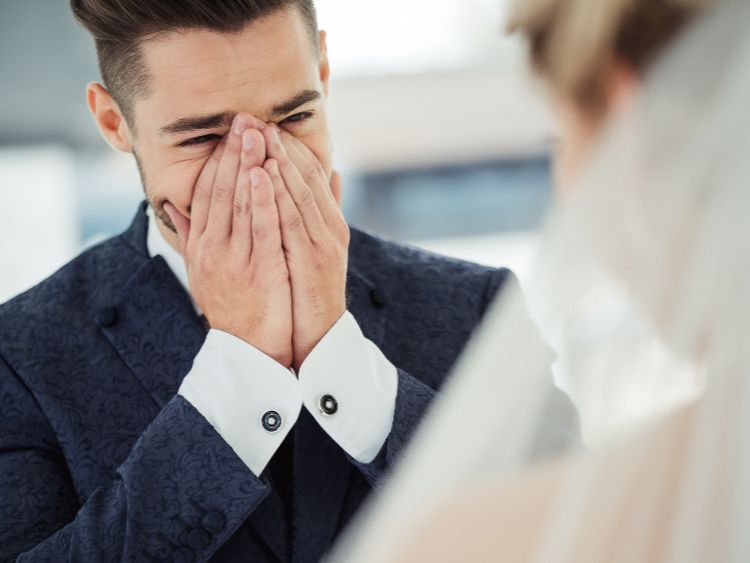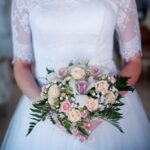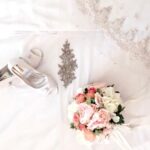Men’s Formal Attire: A Comprehensive Guide to Dressing Sharp
When it comes to men’s formal attire, the first thing that comes to mind is sophistication and elegance. Whether you’re attending a wedding, a business meeting, or a fancy dinner, the way you dress speaks volumes about who you are. But what exactly does “formal attire” entail for men? And how can you make sure you’re not only dressing appropriately but also standing out in the crowd? Let’s dive into the world of men’s formal attire and explore the essentials that will ensure you look your absolute best.
The Importance of Men’s Formal Attire
Men’s formal attire isn’t just about looking good—it’s about feeling confident. When you dress well, you naturally exude an air of self-assurance, which can positively impact both your personal and professional life. The right formal outfit can make you feel powerful, respected, and ready to tackle any challenge that comes your way. But beyond the psychological benefits, understanding men’s formal attire is crucial for navigating various social and professional settings. Whether it’s a black-tie event, a job interview, or a formal dinner, knowing what to wear and how to wear it is essential.
Key Components of Men’s Formal Attire
To truly master men’s formal attire, you need to be familiar with its key components. These are the pieces that will form the foundation of your formal wardrobe and help you create various looks suitable for different occasions.
- The Suit
The suit is the cornerstone of men’s formal attire. It’s the go-to choice for most formal events and comes in various styles, colors, and fabrics. When choosing a suit, consider the fit, fabric, and color. A well-fitted suit should hug your shoulders, taper at the waist, and have trousers that break just above your shoes. Wool is the most common fabric for suits, but depending on the season, you might opt for lighter materials like cotton or linen. As for color, navy, charcoal, and black are classic choices that work for almost any occasion. - The Dress Shirt
A crisp, clean dress shirt is another essential element of men’s formal attire. White is the most traditional color, but light blue, pale pink, or even subtle patterns can add a bit of personality to your look. The shirt should fit well, with the collar sitting comfortably around your neck and the sleeves ending just at your wrist. - The Tie
The tie is where you can really express your style. While solid colors are always safe, don’t be afraid to experiment with patterns like stripes, dots, or paisleys. Just make sure the tie complements your suit and shirt, rather than clashing with them. - The Shoes
Your shoes can make or break your formal outfit. For men’s formal attire, polished leather shoes are the way to go. Oxfords and brogues are classic options that pair well with most suits. Stick to black or dark brown for a traditional look, or opt for burgundy or tan if you’re feeling a bit adventurous. - The Accessories
Accessories might seem like small details, but they play a significant role in completing your formal look. A sleek watch, a pocket square, cufflinks, and a belt that matches your shoes are all must-haves. These items should be subtle yet stylish, adding just the right amount of flair to your outfit.
Types of Men’s Formal Attire
Men’s formal attire isn’t one-size-fits-all. Different occasions call for different levels of formality, and it’s essential to know the difference. Here are some of the most common types of formal attire:
- Business Formal
Business formal is the dress code for most corporate settings. It typically involves a dark suit, a conservative tie, a white or light-colored dress shirt, and polished dress shoes. This look is all about professionalism and should be understated yet sophisticated. - Black-Tie
Black-tie events are the epitome of formality. For this dress code, a black tuxedo is standard. Pair it with a white dress shirt, a black bow tie, black patent leather shoes, and a black formal dress belt or braces. A cummerbund or waistcoat is often worn as well. - White-Tie
White-tie is even more formal than black-tie and is reserved for the most prestigious events. A black tailcoat, white dress shirt, white bow tie, white waistcoat, and black patent leather shoes are required. This is a look that demands precision and attention to detail. - Cocktail Attire
Cocktail attire is slightly less formal but still sophisticated. A dark suit with a tie is appropriate, but you can play around with patterns and colors a bit more. This is a great opportunity to show off your personal style while still looking sharp.
How to Choose the Right Men’s Formal Attire
Selecting the right formal attire depends on several factors, including the event, your body type, and your personal style. Here are some tips to help you make the best choice:
- Consider the Occasion
Always take the event into account. A wedding, for instance, might call for a different level of formality than a job interview. Research the dress code ahead of time if you’re unsure. - Know Your Body Type
Not all suits are created equal, and the key to looking great is choosing a suit that flatters your body type. If you’re tall and slim, you might opt for a slim-fit suit, while those with a broader build might look better in a regular fit. - Stick to Classic Colors
While experimenting with colors can be fun, sticking to classic colors like navy, black, and grey ensures that your outfit is always appropriate. These colors are versatile and can be dressed up or down depending on the occasion. - Invest in Quality
Men’s formal attire is an investment, so don’t skimp on quality. A well-made suit, a good pair of leather shoes, and quality accessories can last you for years and will always look better than cheaper alternatives. - Pay Attention to Fit
Fit is everything when it comes to formal wear. Even the most expensive suit will look sloppy if it doesn’t fit properly. Consider getting your suit tailored to ensure it fits you perfectly.
FAQs About Men’s Formal Attire
Q: What’s the difference between a tuxedo and a suit?
A: The main difference is in the details. A tuxedo is more formal and usually features satin details on the lapels, buttons, and pockets. Suits, on the other hand, are more versatile and can be worn in a variety of settings.
Q: Can I wear brown shoes with a black suit?
A: Generally, it’s best to stick with black shoes when wearing a black suit. Brown shoes can work with navy or grey suits, but black requires black shoes for a cohesive look.
Q: How should I care for my formal attire?
A: Always follow the care instructions on your clothing labels. Typically, suits should be dry-cleaned, and shirts should be washed and pressed. Store your suit in a garment bag to protect it from dust and moths.
Q: Is it necessary to wear a tie?
A: While a tie is a traditional component of men’s formal attire, there are some occasions where you can skip it. For example, at a less formal event like a summer wedding, you might opt for an open collar look instead.
Q: How do I choose the right tie?
A: Your tie should complement your suit and shirt without overpowering them. Solid colors are always safe, but if you’re feeling bold, try a patterned tie. Just make sure it doesn’t clash with the rest of your outfit.
Conclusion
Mastering men’s formal attire is all about understanding the nuances of different dress codes and knowing how to choose the right pieces to create a polished, sophisticated look. By investing in quality garments, paying attention to fit, and selecting appropriate accessories, you can ensure that you always look your best, no matter the occasion. Remember, men’s formal attire isn’t just about following the rules—it’s about expressing your style with confidence and flair.



